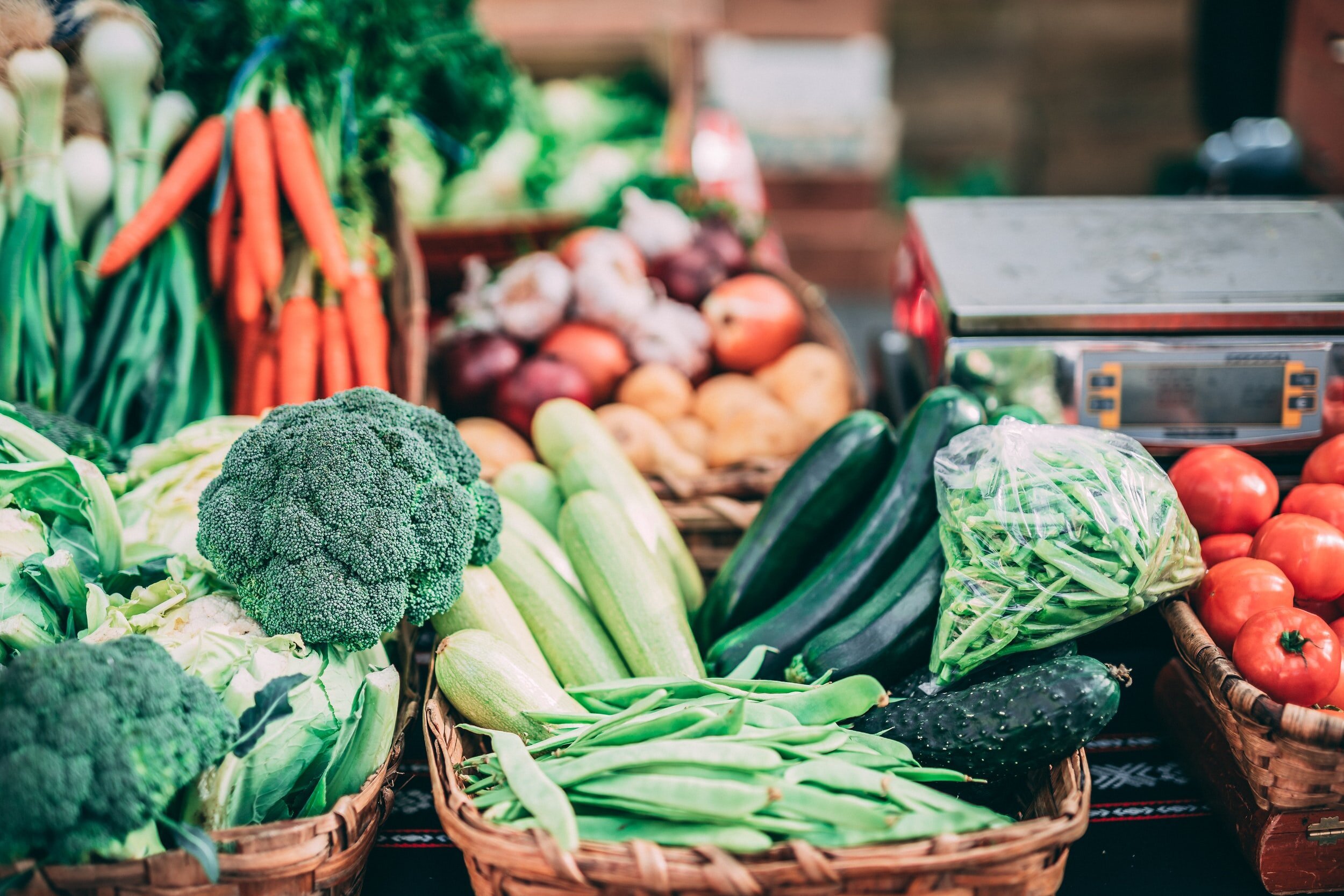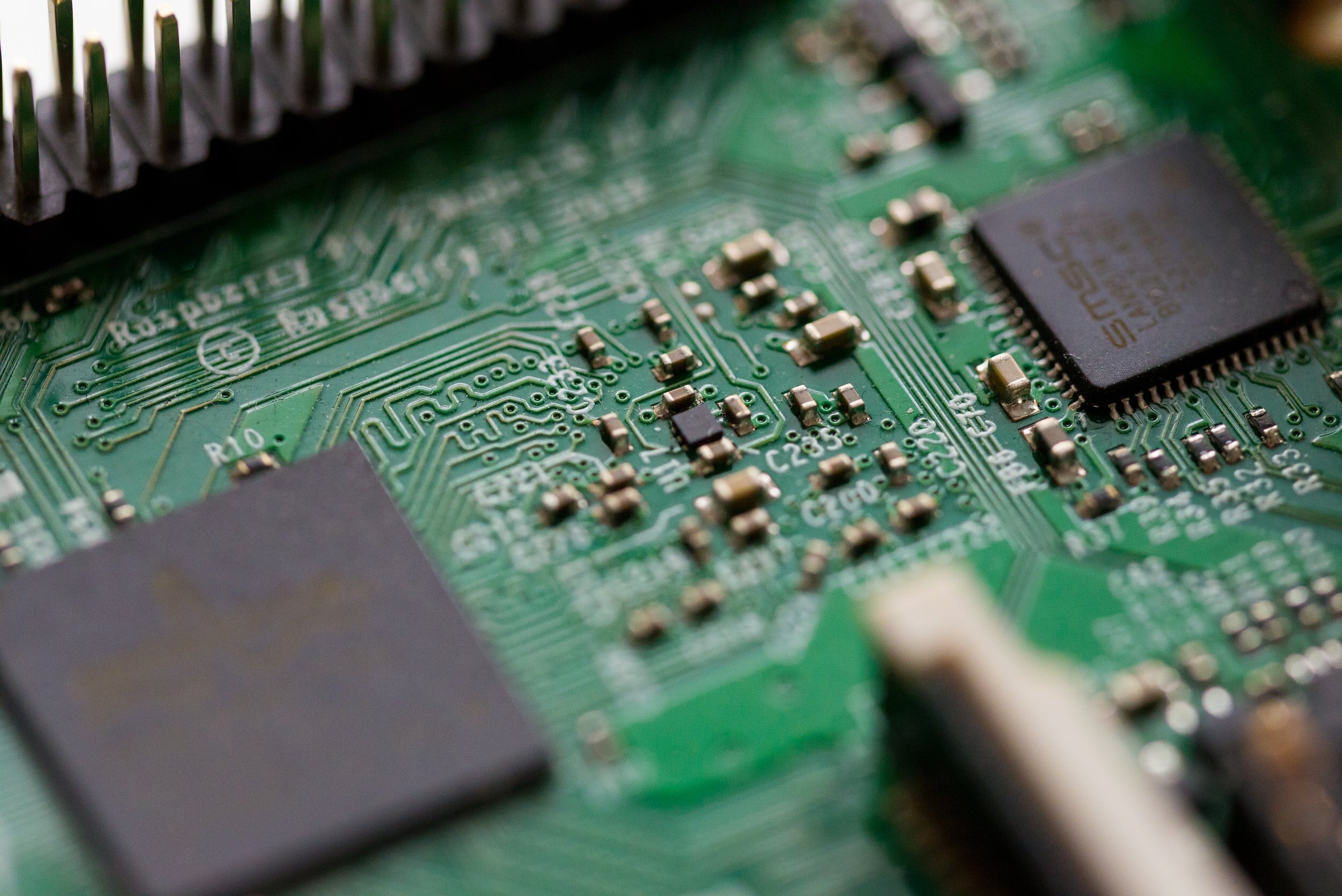10 Things You Didn't Know Were Plastic
Plastic is hidden everywhere. here are some everyday items that may surprise you with their plastic content!
Written by Hung Phan
Plastics – they are everywhere! The very first plastics were produced by Alexander Parkes in 1855 and the breakthrough development by the chemist Leo Baekeland in 1907 created the concrete foundation for the mass production and usage of plastics until today.
Being cheap, and easy to make and use, it has become the primary material for the vast majority of household items in our modern world. As we have realized the detrimental impact of plastics on our environment, many of us are trying our best to avoid unnecessary plastics. To do so, of course, we need to be able to properly identify products that contain plastics.
Many are obvious, such as plastic bags, straws, or plastic cups, but others are tough to identify or downright deceiving. With this in mind, we’ve compiled a list of 10 household items that you might not have realized contain plastic.
Coffee Cups
Single-use coffee cups may look like they are made of paper, but there’s more to them than meets the eye.
It may come as a surprise, but the inner lining of most single-use coffee cups contains plastic. This prevents liquid and moisture from seeping through the container and enhances the container’s structural strength.
Unfortunately, our municipal recycling systems aren’t able to separate the plastic from the paper and these mixed materials can clog machines, ultimately making these containers non-recyclable.
Despite this, how many times have you seen fast-food coffee cups piled up in the recycling bin? This “wish-cycling” leads to recycling contamination. These items, therefore, are sent to landfills, adding to the plastic pollution problem. To combat this, bring your own mug! Reusable mugs are a great way to reduce your plastic footprint here.
Exposed to the elements, the paper portion of this coffee cup has degraded, leaving behind the plastic inner lining. Photo by A Greener Future’s Program Assistant, Nicole Henderson.
SNACK PACKAGING
Ever wondered what the packaging of your favourite snacks are made of? It’s often a mixture of foil and plastic.
This kind of plastic is called metallized polypropylene. The package is composed of one or more layers of metal (aluminum) and plastics. This type of packaging technically can be recycled, but the process is incredibly complicated and changes based on the packing’s exact composition.
In general, metallized films have the same problem as food and drink containers: recycling contamination. Only a few firms can recycle this type of product. Even then, the process is still under development.
Within Canada alone, consumption of salty snacks, which are most often packaged in metallized films, reached 1,066.33 million units in 2019. Most of these will end up in landfills. But, fret not! If you are able, you can look for package-free snacks at your local low-waste store, buy your snacks in bulk, or make your own!
Check out our local low-waste business directory.
Tea Bags
Most of us assume that tea bags are harmless and can be composted, but can they really?
Surprisingly, many tea bags contain plastics. Around 25% of a tea bag is plastic and the rest is often made up of cotton, filter paper, or silk.
Plastic is used to strengthen the bag so it can withstand boiling water without breaking. When submerged in boiling water, the plastic component breaks down into micro-sized particles, called microplastics, and nano-sized particles, called nanoplastics, in the tea. McGill University researchers found that one tea bag can release 11 billion micro-sized plastic particles and 3 billion nano-sized plastic particles into 95-degree water. This means that we could be ingesting billions of microplastics in every cup of tea. Yuck.
Disposing of these tea bags is a lose-lose situation. Most teabags that have plastic lining will not be accepted for recycling. If composted, the organic fibres will break down and leave the remaining plastic behind. If sent to landfill, these tea bags will contribute to the release of microplastic waste into the environment. Overall, not ideal.
The best solution is to avoid plastic tea bags in the first place. Loose-leaf tea is an awesome (and delicious) way to reduce this plastic consumption, but there are also some brands out there that have plastic-free tea bags.
Clothes
Modern clothing is flowy, full of vibrant colours, and has lots of stretch! But, did you know many of these clothing pieces contain large amounts of plastic?
Polyester, nylon, acrylic, polyamide, and some sources of rayon are made from plastic. This kind of plastic allows the fabric to be stretchier, like in underwear and sportswear.
During the washing process, these synthetic fibres break down and release micro and nanoplastics. Because these particles are extremely small, they will pass through water treatment system filters and end up in our waterways and oceans. Marine animals lower in the food chain, such as corals, crabs, or plankton, consume them. When those animals are consumed by their predators, they travel up the food chain and end up concentrated in the fish that we eat.
We know plastics are harmful to marine life, but the evidence regarding human health and plastic exposure is still quite limited. Even though preliminary research has shown that chemicals carried by microplastics can cause certain illnesses, it is still inconclusive and requires more research.
If you have clothing made from these artificial fibres, don’t just get rid of them! Grab yourself a special filter or bag to wash them in. These products will help catch microplastics and prevent them from entering our waterways. Also, when buying new-to-you clothing, keep an eye out for natural fibres, as fragments that come off these pieces will degrade.
Learn more about textile waste in our Waste Reduction Hub.
Tires
Car tires are a common and significant source of plastic pollution in oceans– making up to 28% of plastic pollution according to some sources.
Tires are made from both natural and synthetic rubber. When you drive, braking and turning cause increased friction on the surface of the tires and small bits of the tires break off. Some of these particles end up in the roads but a large amount will be swept into lakes and oceans when it rains or snows.
Unfortunately, this issue can’t be solved with a simple swap. No tire alternatives exist at the moment and public awareness of this issue is low. In April 2021, SUEZ Recycling and Recovery UK released The Insight Report: 2030, Invisible Ocean Pollutants from our Road. The report recommends the introduction of pollution capture technologies and the incorporation of tires into extended-producer responsibility schemes.
Glitter
How can something so fun be so harmful?
Glitter is found in many different products, such as for décor or cosmetics. Glitter is made similarly to metallic films, where there are alternating layers of plastic and metal. It presents a unique problem.
Unlike many other forms of plastic, glitter comes to us already in microplastic form. When we wash glitter off in the sink, these plastic pieces travel through the water filter system and enter the lakes and oceans. These particles are dispersed around the world’s oceans from the surface down to the ocean floor and consumed by marine animals and birds. Although we know a large amount of microplastics enter the ocean every day, we don’t know the exact amount attributed to glitter.
Remove your glittery makeup with a disposable cloth to ensure it stays out of our waterways. Also, look for glitter-free products, like cards, wrapping paper, makeup and clothing moving forward!
Wet Wipes
Long marketed as “flushable” or “earth-friendly”, wet wipes deceivingly contain plastic fibres. We call greenwashing!
Wet wipes are usually manufactured either using a combination of organic and polyester fibres or plastic fibres alone. A study has found that up to 50% of wipes that are labelled as ‘flushable’ contain a mixture of cellulose and PET, a type of polyester fibre.
This means the wipes will not break down when you flush them down the toilet and can accumulate in the sewage systems, causing blockages. Not only does this cause major blockages, but the plastic in these wipes will eventually find its way into our water systems and contribute to our plastic pollution problem. Wet wipes are easily replaced with a damp reusable cloth.
Receipts
This one might surprise you!
At first glance, receipts seem like regular pieces of paper that you can toss right into your recycling bin. Unfortunately, if receipts are made of thermal paper they need to be sorted into the trash because they contain a thin layer of Bisphenol A or S (BPA/S).
You may have heard about BPA, but why is it an issue? BPA is disruptive to hormone activities in the human body. One of the hormones affected is estrogen which, when disrupted, can affect cell repair, fetal development, and reproduction. BPA not only affects fertility but has been implicated in other serious health concerns, such as increasing cancer rates.
This layer of coated BPA makes receipts not recyclable because of this serious health concern. As a result, millions of receipts are produced every day, only to end up in landfills. Unfortunately, all you can do right now is refuse your receipt at the store or opt for email receipts wherever you can!
Cosmetics
Personal care and cosmetic products have contained plastic components for decades, and this is still prevalent despite growing concerns over microplastic pollution in our lakes and waterways.
Many people are completely unaware of the plastics in skincare and cosmetics. From creams to face masks to shampoos, these products contain a wide variety of non-degradable polymers that give them the desired effects.
Just like glitter, once you wash them off your skin or hair, the plastic particles are washed down through the water treatment system and straight into the ocean. The science about polymers in cosmetics is incredibly complicated and many experts can’t agree on the importance of plastic ingredients.
In order to reduce our impact here, it’s up to us as consumers to be aware of ingredients and choose plastic-free products when possible.
Menstrual Products
Menstrual products, including pads or tampons, as well as diapers contain large amounts of plastic.
Disposable pads and tampons have plastic fibres woven throughout the different layers. Some sources claim that up to 90% of disposable pads and 6% of tampons contain plastic. Similar to wet wipes, flushing pads and tampons will create blockages and will release synthetic fibres into our waterways and oceans.
Moreover, specific kinds of plastics are added to these products to improve absorption. A study has found several chemicals that are of concern to human health added to plastic fibres.
This sounds pretty ominous, but there are some easy swaps! Period underwear, reusable pads, and menstrual cups are great products to switch to. Cloth diapers are also making a comeback and are easier than ever to find and use!
Plastics have become commonplace in our society. And, even as we do our best to reduce our plastic consumption, there are more and more products containing plastic. To learn more about plastics and how you can reduce your personal plastic consumption, check out our Action Guide!






















